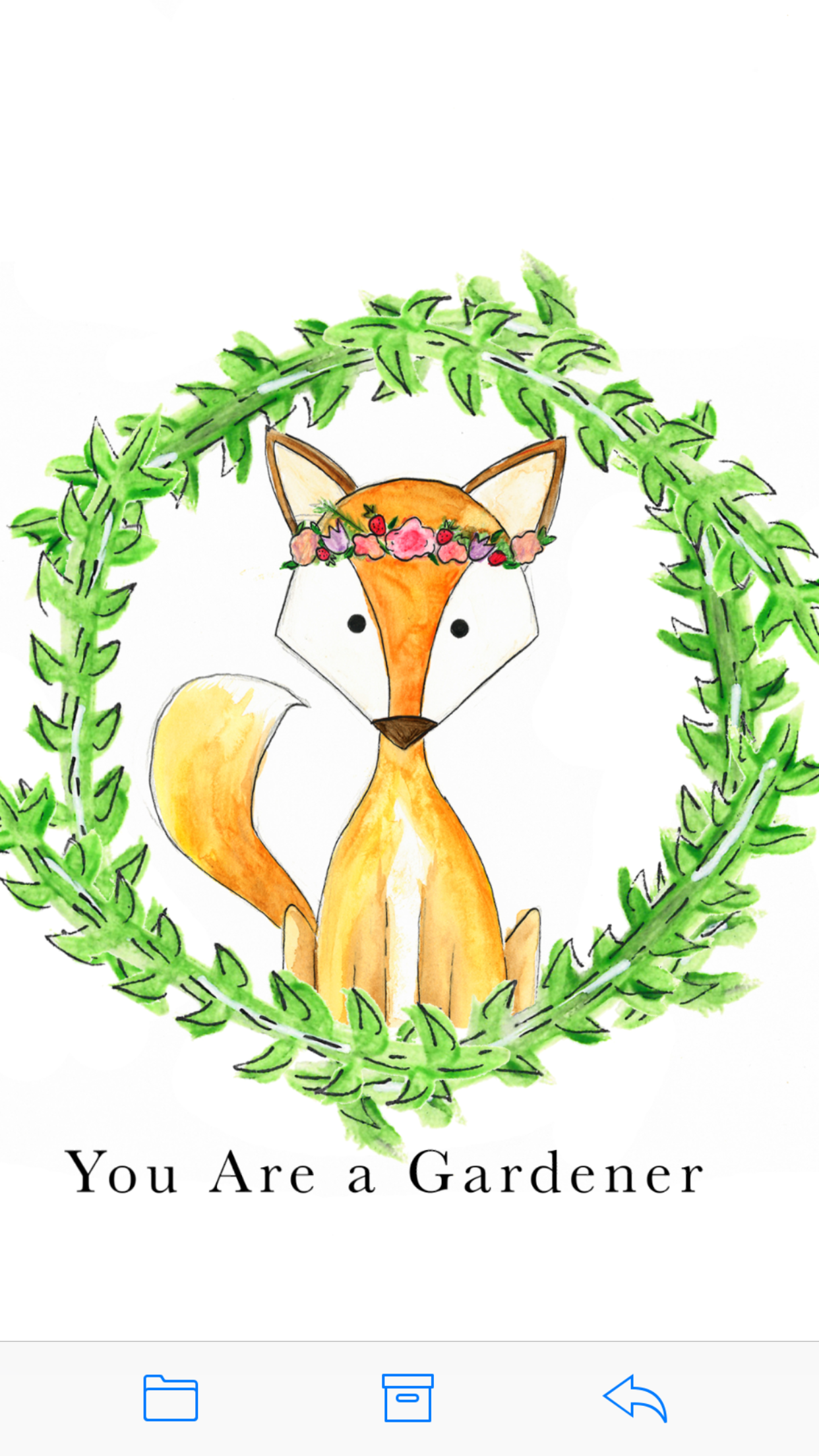From Weeds to Wishes-Dig Into 3 Easy Dandelion Crafts
- The Gardening Team

- May 8, 2024
- 2 min read
From Weeds to Wishes-Dig Into 3 Easy Dandelion Crafts:
Hello gardeners! When you come across a field full of dandelions, do you see them as weeds or as wishes?
Gardener Kelsey sees unlimited creative craft possibilities and today she is here to show us three simple and enjoyable dandelion crafts that gardeners of all ages can enjoy at home or in school!
Scroll down to watch Gardener Kelsey's brand new video & to collect your Gardening Tool Badges for these activities!
DIY Dandelion Wreath:
Use a wire hanger as your frame and string along dandelion heads! You can bend the hanger in any shape you like-a circle, heart triangle or square. Like magic, the heads will poof overnight. These would make for beautiful decorations at an enchanted garden party!
Dandelion Painting:
Grab some yellow dandelion heads in a bowl, add a little bit of water and gently mash them to create a magical dandelion ink to use for painting!

Gardener's Dandelion Wish Jar
Dandelions, with their delicate petals and whimsical nature, have long been associated with wishes and dreams. To create a dandelion wish jar is to capture a moment of hope and positivity, preserving it within a glass vessel as a reminder to always believe in the power of your dreams.
Gently pluck a dandelion from a field, taking care to keep its fluffy seed head intact. Place the dandelion carefully inside a small glass jar, watching as its ethereal beauty is encased in a world of its own. Seal the jar tight, protecting the dandelion and its wishes from the outside world.
Whenever you gaze upon your dandelion wish jar, let it remind you to wish big, to dream boldly, and to always keep a positive outlook on life.

Fun Gardener Facts About Dandelions:
Dandelions are a type of flowering plant that belong to the Asteraceae family.
They are known for their bright yellow flowers that turn into fluffy white seed heads.
Dandelions are considered a weed by many gardeners but are also used in herbal medicine and cooking.
The entire dandelion plant is edible, from the flowers to the roots.
Dandelion leaves are rich in vitamins A, C, and K, as well as calcium, iron, and potassium.
The name "dandelion" comes from the French phrase "dent de lion," which means lion's tooth, referring to the serrated leaves of the plant.
Dandelion seeds are dispersed by the wind, with each seed having its own parachute-like structure to help it travel far distances.
Dandelions have a long taproot that can reach deep into the ground, making them resilient and difficult to remove completely.
Bees and other pollinators are attracted to dandelion flowers for their nectar and pollen, making them an important food source for these insects.

Hey gardeners, did you make any dandelion crafts, or make a wish on a dandelion? If so, congratulations, you can collect the 'Weeds to Wishes' Gardening Tool Badge'!






















Comments